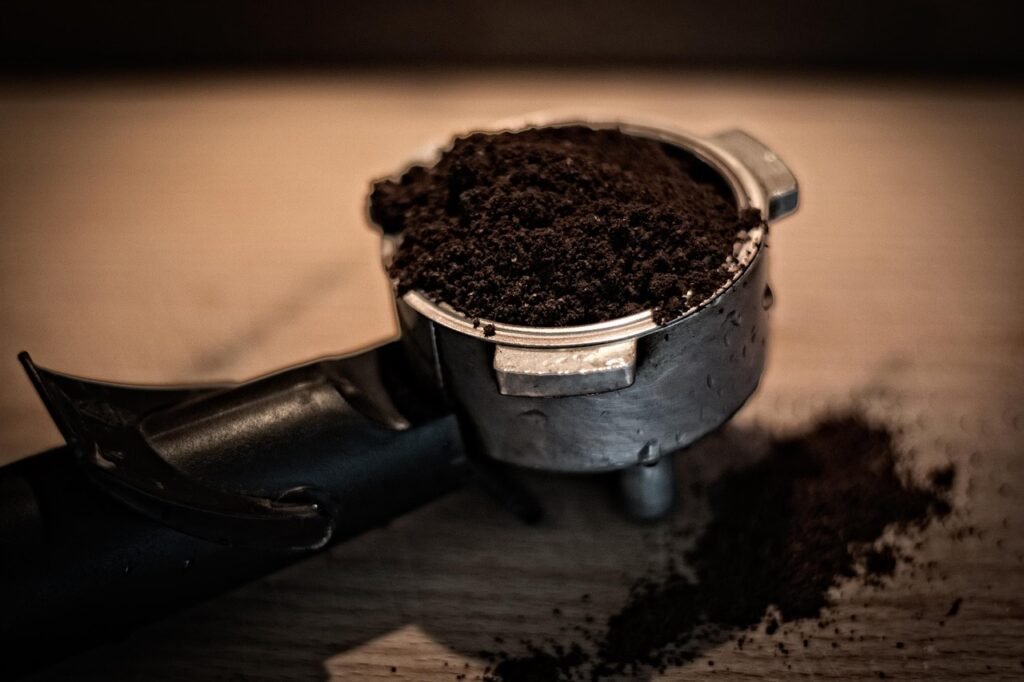Introduction: The Heart of Italian Culture
In the cobblestone streets of Rome, the bustling piazzas of Milan, and the seaside cafés of Naples, one ritual unites Italians from all walks of life—espresso. More than just a caffeine fix, espresso in Italy represents a cultural cornerstone, a daily pleasure, and a moment of respite in a fast-paced world. The relationship between Italians and their beloved coffee goes beyond mere consumption; it’s a passionate affair woven into the fabric of everyday life.
Espresso culture in Italy reflects centuries of tradition, innovation, and social evolution. From the invention of the first espresso machine by Angelo Moriondo in 1884 to the modern-day barista championships, Italians have pioneered and perfected the art of coffee preparation. But what makes Italian espresso so special, and why has it captured the hearts of an entire nation?
The Italian Coffee Experience: Rules and Rituals
Step into any Italian café (or “bar” as locals call it), and you’ll witness a choreographed dance of baristas and patrons engaging in a time-honored tradition. Italians approach coffee with reverence and follow unspoken rules that might surprise foreign visitors.
First, most Italians consume their espresso standing at the bar—a quick, concentrated experience lasting mere minutes. The idea of sitting for hours with a laptop over a cold coffee would horrify a traditional Italian. The espresso is meant to be enjoyed hot, fresh, and immediately after preparation.
Second, coffee ordering follows strict timing conventions. Cappuccino is exclusively a morning drink, never to be ordered after 11 AM. An espresso, however, is acceptable any time of day, with many Italians enjoying a post-lunch “caffè” to aid digestion and provide an afternoon energy boost.
The preparation itself is an art form. A perfectly crafted Italian espresso features a rich, hazelnut-colored crema on top—the emulsified oils that indicate proper extraction. Baristas train for years to achieve consistency in their shots, controlling variables like grind size, tamping pressure, water temperature, and extraction time.
The Perfect Espresso: Recipe and Technique
Creating authentic Italian espresso requires precision and attention to detail. Here’s how the masters do it:
Ingredients:
- 7-9 grams of freshly ground coffee (medium-dark roast)
- 25-30 ml of filtered water (90-96°C/194-205°F)
Equipment:
- Professional espresso machine
- Burr grinder
- Tamper
- Demitasse cup (preheated)
Method:
- Grind coffee beans to a fine, sand-like consistency
- Distribute grounds evenly in the portafilter
- Apply 30 pounds of pressure when tamping
- Lock portafilter into group head
- Start extraction, aiming for 25-30 seconds
- Serve immediately in a preheated cup
The result should be a concentrated shot with a rich crema on top, complex flavors, and a balanced bitterness that isn’t overwhelming. Italians typically add a small packet of sugar to cut the bitterness, stirring quickly before consuming in two or three small sips.
Regional Variations Across Italy
Like Italian cuisine, coffee culture varies significantly by region:
Naples claims some of Italy’s strongest coffee traditions. Neapolitan espresso tends to be more robust, darker, and more concentrated than in other regions. The city’s “caffè sospeso” (suspended coffee) tradition—where customers pay for two coffees but only consume one, leaving the other for someone in need—originated here.
Rome offers a slightly less intense experience, with many locals preferring a “caffè lungo” or longer extraction. Romans often enjoy their espresso with a glass of sparkling water on the side to cleanse the palate.
Venice has its elegant cafés like the historic Caffè Florian, where coffee is served with pomp and ceremony. Venetians might enjoy a “marocchino”—espresso with a dusting of cocoa powder and a dollop of milk foam.
Milan, Italy’s business capital, sees espresso as fuel for productivity. Milanese baristas serve quick, efficient shots to businesspeople who often consume their caffè while checking emails or making calls.
Nutritional Benefits of Espresso
Contrary to common misconceptions, espresso can be part of a healthy lifestyle when consumed in moderation. A standard Italian espresso contains:
- Calories: 2-3 (without sugar)
- Caffeine: 60-80mg (less than a standard drip coffee)
- Antioxidants: Rich in polyphenols that fight inflammation
- Zero fat, carbohydrates, or protein
Research suggests moderate espresso consumption may:
- Improve cognitive function and alertness
- Enhance physical performance
- Reduce risk of certain neurodegenerative diseases
- Boost metabolism temporarily
- Provide protective effects against diabetes Type 2
The key is moderation—most Italians consume 2-3 small espressos daily, rarely exceeding this amount.

Affiliate Product Links
If you’re looking to bring authentic Italian espresso into your home, consider these essential products:
- Home Espresso Machines – Breville Barista Express Espresso Machine
- Italian Coffee Bean Brands – Lavazza, Illy, Kimbo
- Proper Espresso Cups – Traditional thick-walled ceramic demitasse cups
- Burr Grinders – Essential for achieving the perfect grind consistency
- Barista Tools – Tampers
- Coffee Storage Solutions – Preserve freshness with specialized containers
The Social Importance of Coffee Bars in Italy
In Italy, the “bar” serves as a community hub—a democratic space where people from all social classes and backgrounds converge. Business deals are struck, friendships formed, and daily gossip exchanged over tiny cups of espresso. Many Italians visit their local café multiple times daily, developing relationships with baristas who memorize their preferences.
The Italian coffee bar represents an affordable luxury. Even during economic downturns, few Italians would consider eliminating their daily espresso ritual—currently costing between €1-1.50 at most establishments. This accessibility has helped maintain coffee’s central role in Italian social life.
For elderly Italians, particularly in smaller towns, the morning coffee ritual provides essential social contact and structure. The local barista might be among the first to notice if a regular patron hasn’t appeared for their usual coffee, creating an informal community watchfulness.
From Tradition to Innovation: Modern Italian Coffee Culture
While Italians respect tradition, their coffee culture continues to evolve. Third-wave coffee movements have influenced younger baristas, who now pay more attention to bean origin, roasting profiles, and alternative brewing methods. However, this evolution happens within the framework of Italian coffee values—quality, consistency, and the social experience remain paramount.
Some innovations gaining acceptance include:
- Single-origin espresso offerings (though blends remain the standard)
- Slight modifications to traditional drinks for seasonal variations
- Increased attention to sustainability in coffee sourcing
- Higher-end specialty coffee bars alongside traditional establishments
What hasn’t changed is the Italian insistence on quality. Mass-market coffee chains have struggled to gain footholds in Italy precisely because Italians refuse to compromise on their espresso standards.
Conclusion: More Than Just Coffee
Italian espresso culture represents something larger than the sum of its parts—it’s about connection, tradition, craftsmanship, and taking moments to appreciate life’s simple pleasures. When an Italian stands at the bar for their morning espresso, they’re participating in a ritual that connects them to generations past and to their wider community.
For visitors to Italy, learning to appreciate espresso culture offers insight into Italian values and lifestyle. The next time you find yourself in an Italian café, try ordering a simple “caffè” at the bar. Stand shoulder-to-shoulder with locals, consume it while it’s hot, and appreciate the brief moment of connection with one of the world’s most beloved culinary traditions.
In a world increasingly dominated by grab-and-go culture, the Italian espresso ritual reminds us of the importance of pausing—even if just for the 30 seconds it takes to consume an espresso—to savor life’s small but significant pleasures.
This post may contain affiliate links. If you make a purchase through these links, I may earn a small commission at no extra cost to you.



